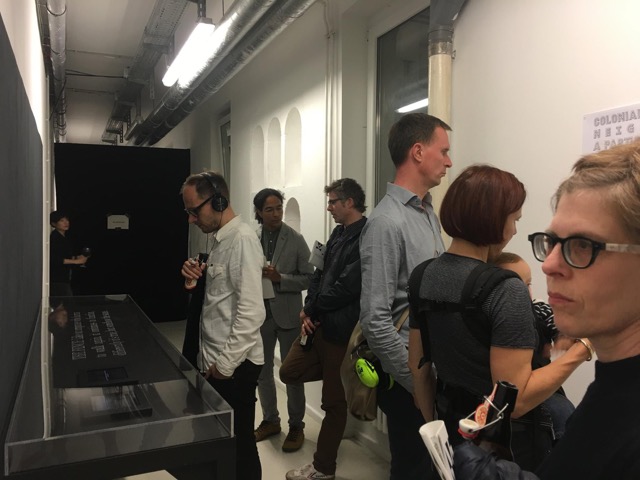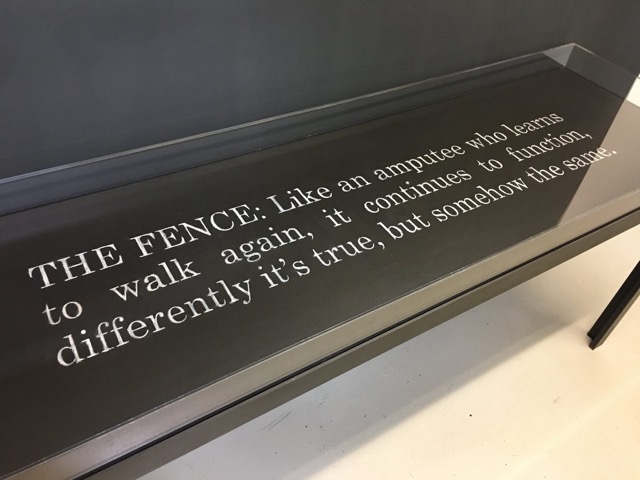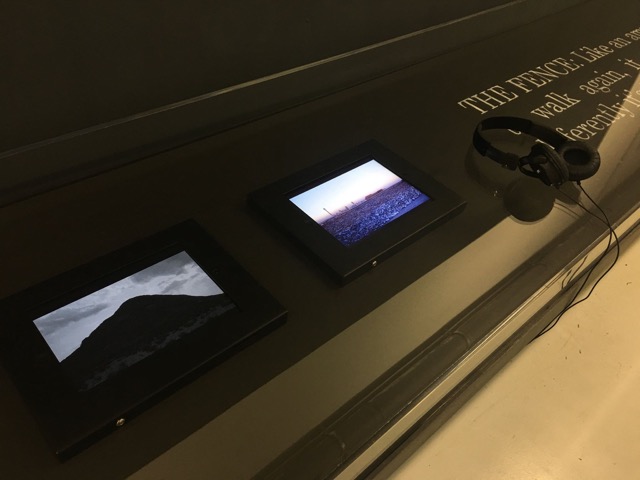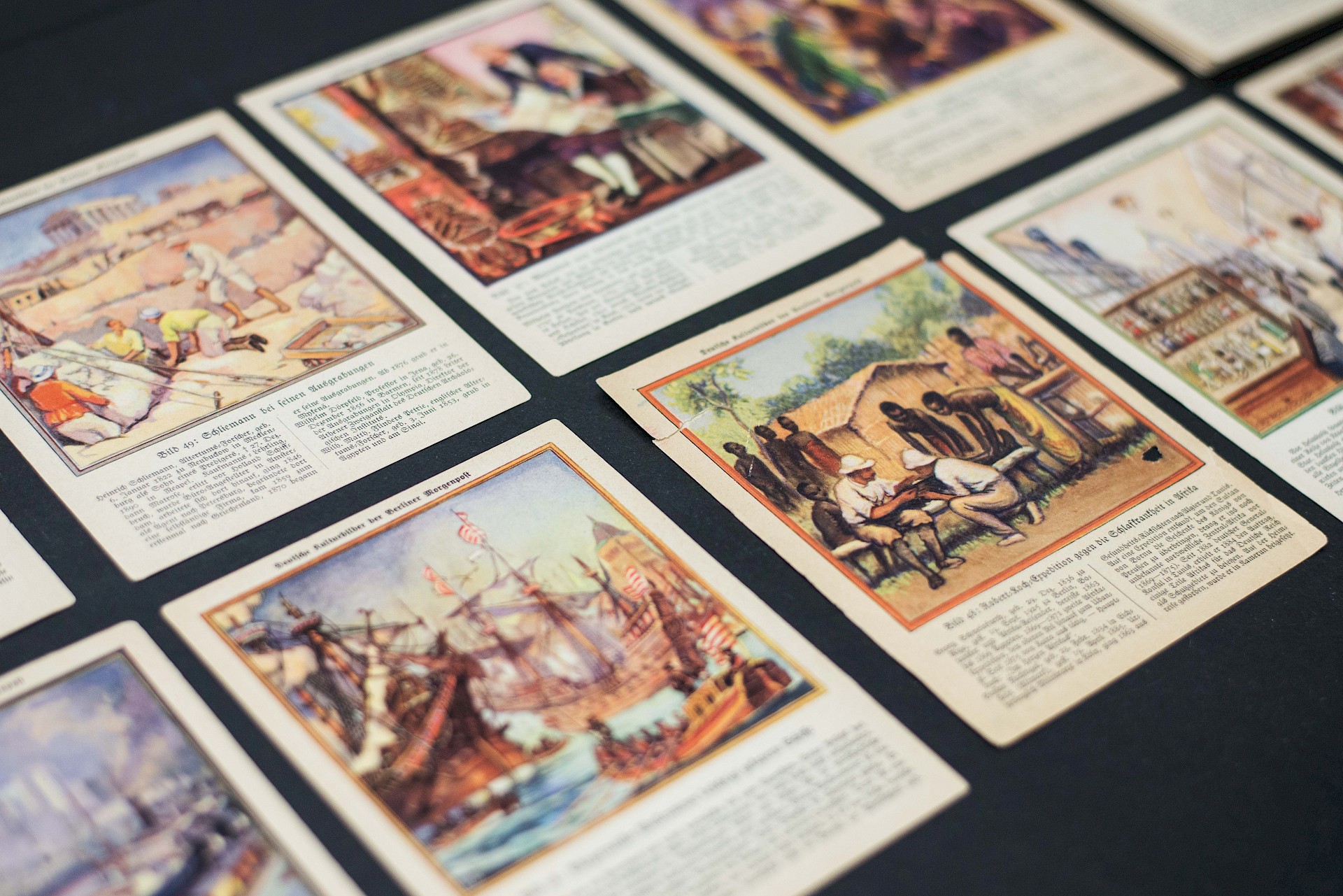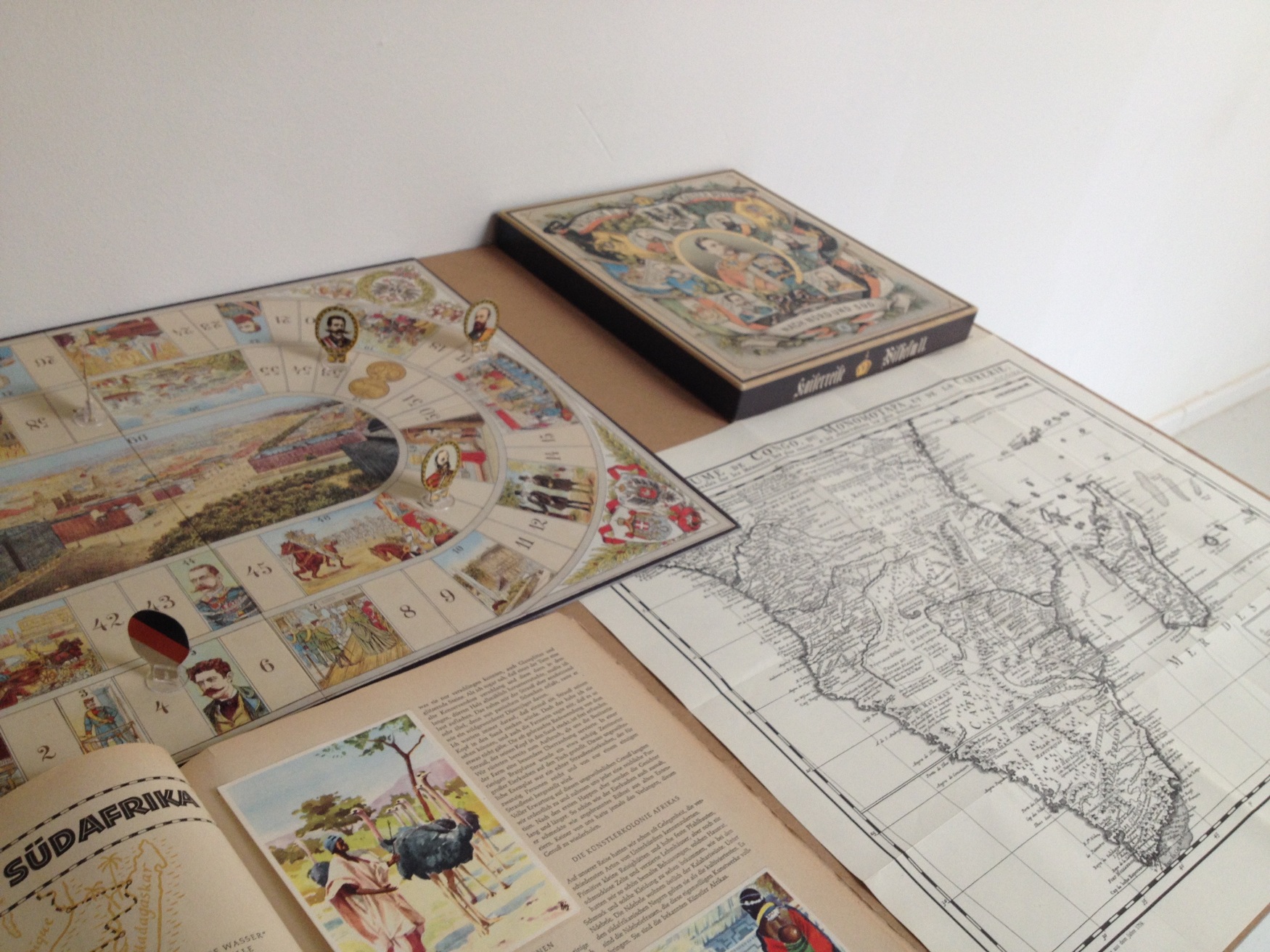We have eyes to see but do not see: Continued Meditations on the Colonial Orbit
Fragment N°2 Part 2 17.06.–08.07.2017
WITH Abrie Fourie
Curation Lynhan Balatbat-Helbock, Marleen Schröder, Marlon Denzel van Royen, Jorinde Splettstößer
Colonial Neighbours invites you to the second edition of Fragments– a series of interventions with SAVVY Contemporary’s archive project.The first part of Abrie Fourie’s intervention, We have eyes to see but do not see, a series of photographic and video works opened in parallel to the exhibition Everything is Getting Better: unknown knowns of Polish Colonialism curated by Joanna Warsza. The second part, on view during the Every Time a ear di soun: Savvy Funk – a documenta 14 Radio Program, is a continuation of Abrie Fourie’s meditations on the colonial orbit, “We have eyes to see but do not see–because looking is proof, and finding something with your eyes very often contradicts what you are told.” Intrinsic to this arrangement of photographs, audio and text is an interest in the sometimes volatile and complex relationship between photography and fiction, and the disjunction between memory and what we as viewers and consumers of photography project onto the medium.
The idea of fences, particularly the “fences between neighbours” draws on a text written by Sean O’Toole as a response to Abrie Fourie’s image archive. It refers to a journey O’Toole took to the border between Zimbabwe and South Africa at Musina, a troubled border town marked by its proximity to the massive electric fence that stretches over thousands of kilometers, causing unspeakable violence until today. The photos of the Namibian landscapes bring to mind the continuation of this border into Namibian lands. The “Red Line,” an internal border that stands for a bordermaking process that reaches back to the nineteenth century as part of establishing colonial control during the German occupation.
Within the surrounding of Fourie’s personal digital archive of photographs of different locations, including Germany, the chalk line proposes a reflection on the notion of fences, not only in its material and visible functions, but also how fences traced back to colonialism, structure relations and spaces. “The fence” functions not only between neighbouring countries, neighbours in our neighbourhoods, or the person right next to us, but also between that which we see, which we remember and which remains unknown to our eye.
